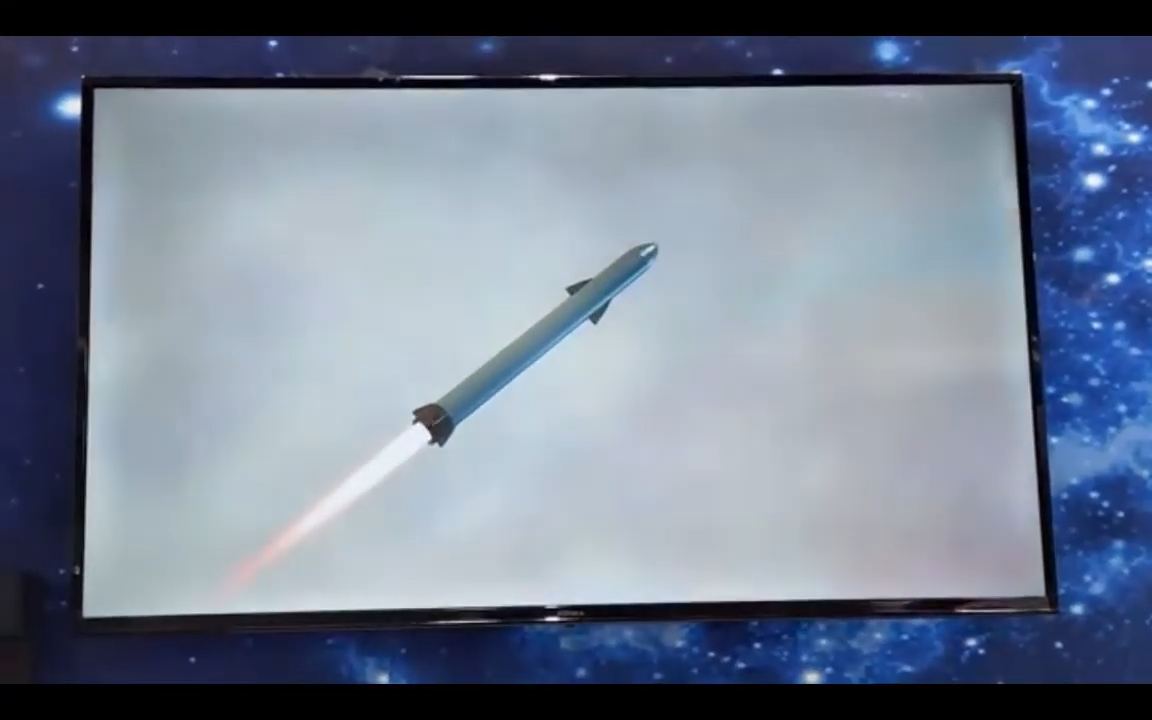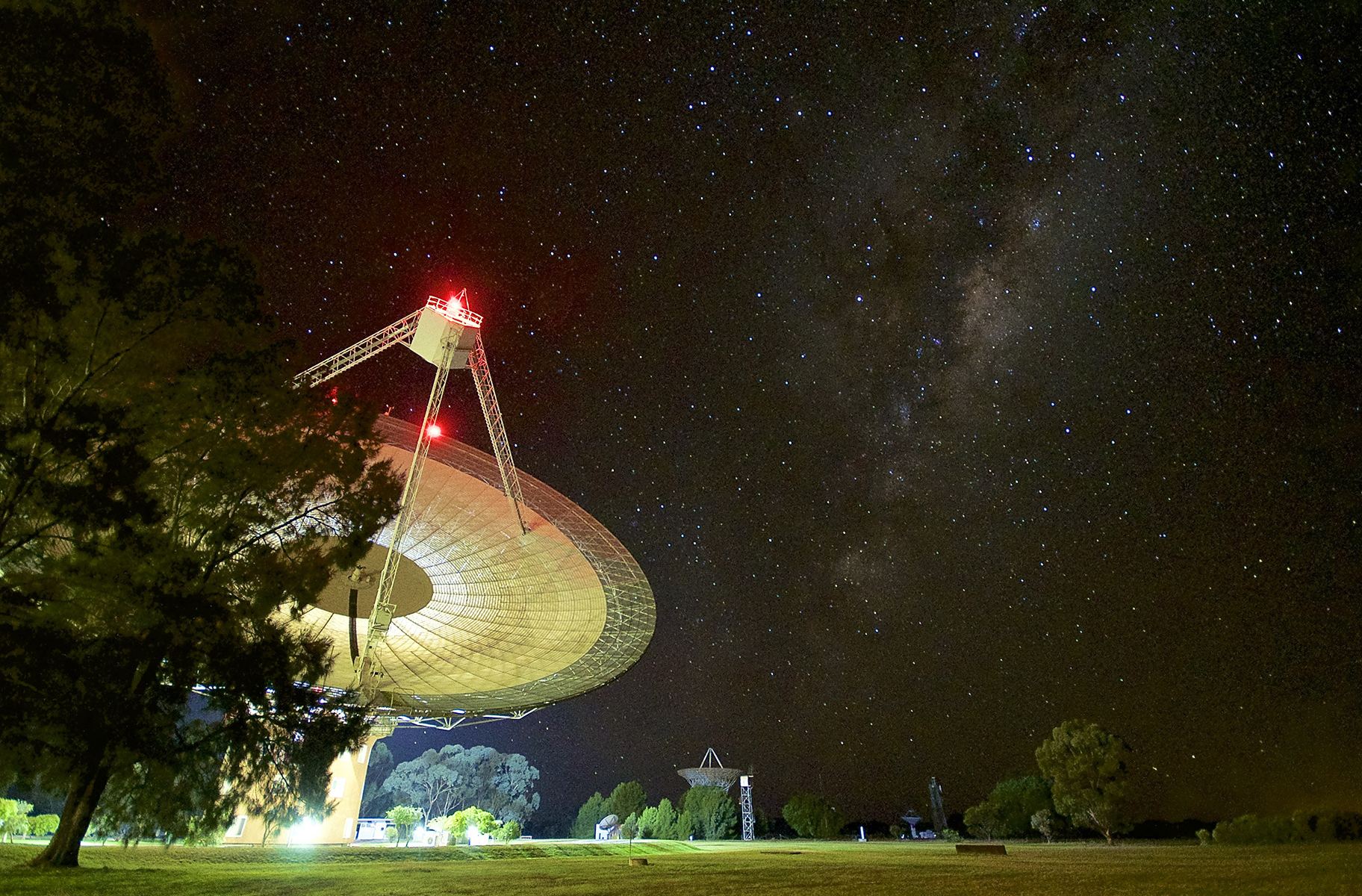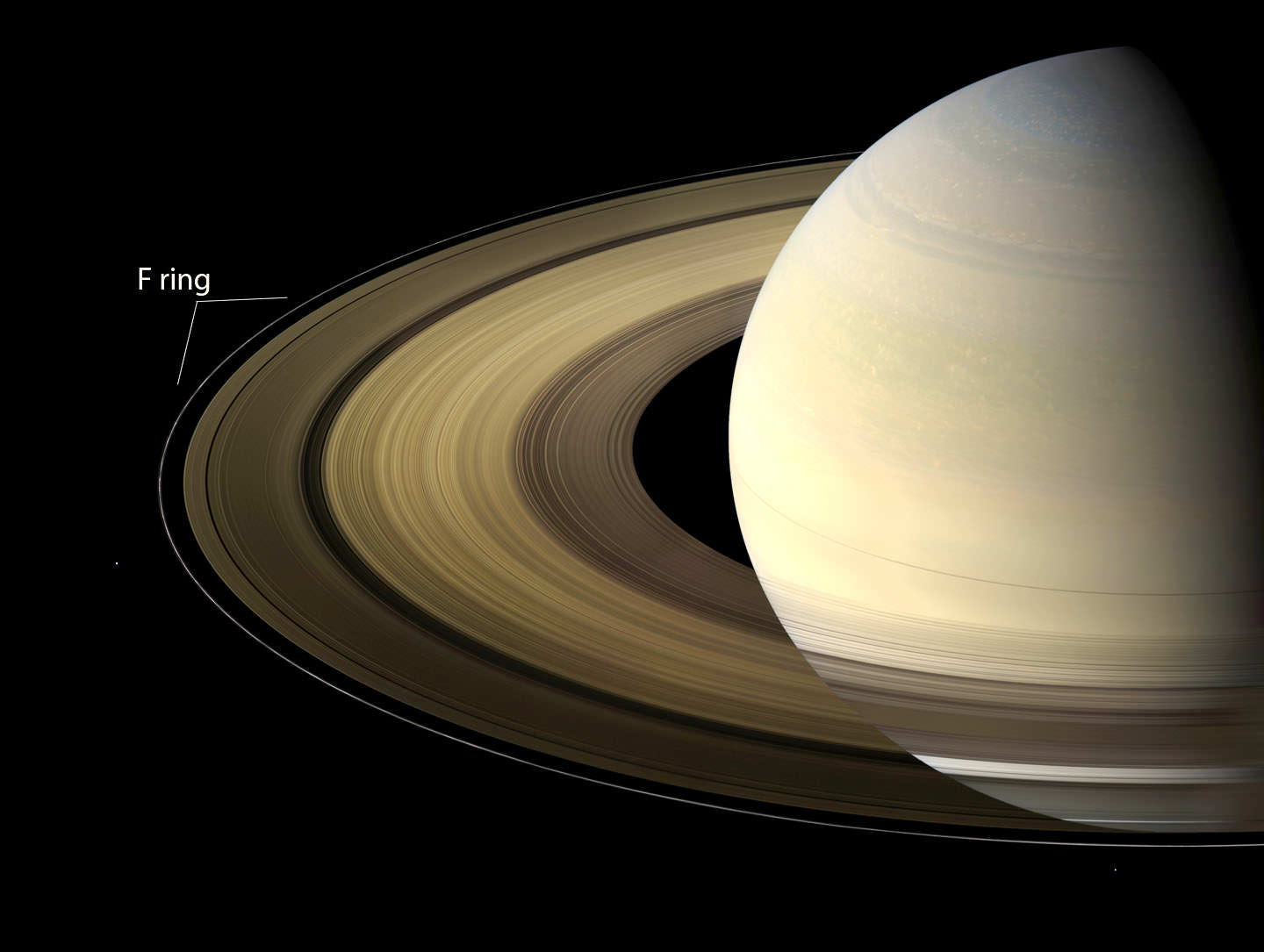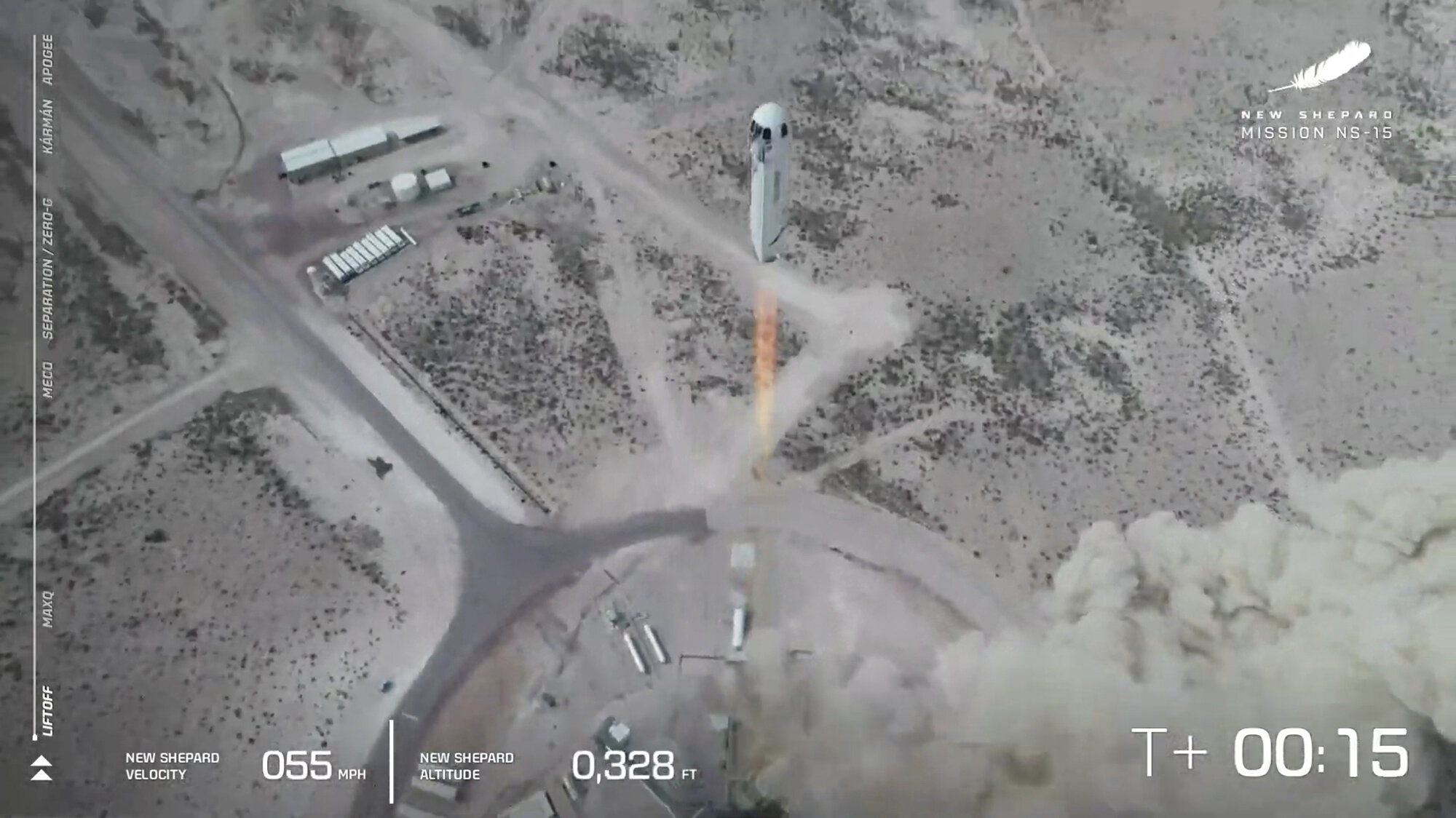Project Artemis, NASA’s long-awaited plan for sending astronauts to the Moon for the first time since the Apollo Era, has taken many steps forward. Aside from the development of the Space Launch System (SLS), the Orion spacecraft, and the elements that will make up the Lunar Gateway, NASA recently awarded SpaceX with the contract to build the Human Landing System (HLS) that will transport astronauts to the lunar surface.
However, this decision didn’t sit well with the other two companies NASA was also considering. These included Blue Origin, the commercial space company founded by Amazon founder and former CEO Jeff Bezos, and Alabama-based aerospace company Dynetics. After protests were filed by both companies, NASA decided to issue a stop-work order on the HLS award to SpaceX while it reviews the complaints.
Continue reading “Protests From Dynetics and Blue Origin put NASA’s Lunar Lander Award to SpaceX on Hold”









